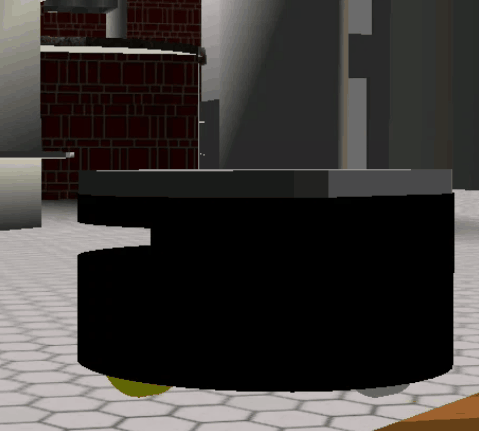ROS2 Control Integration for Industrial Robotics
Enhancing Simulation Realism and Control in Gazebo with ROS2
28 April 2024
Introduction
This project focuses on adapting a robotic model to utilize ROS2 control within the Gazebo simulation environment, enhancing both realism and functionality. The objective was to migrate the URDF descriptions to ROS2, integrate ROS2 control for a differential drive, and configure the lifting unit of the robot. This integration not only facilitates advanced simulations but also streamlines the transition between simulation and real-world applications.
Objectives
- To migrate URDF descriptions to ROS2 for enhanced simulation compatibility.
- To integrate ROS2 control with a differential drive in the Gazebo model.
- To configure the lifting unit of the robot using ROS2 control for more precise operations.
Tools and Technologies
- Programming Languages: Python, XML
- Frameworks and Libraries: ROS2 Control framework, Gazebo
- Development Tools: Git for version control
- Simulation Environment: Gazebo
Source Code
Process and Development
The project involved several key phases, from setting up the simulation environment to integrating and testing the control systems.
Simulation Setup and URDF Migration
Initial Setup: Started with setting up the ROS2 workspace for the RB1 robot simulation in Gazebo.
URDF Migration: Updated the URDF files to be compatible with ROS2, ensuring that all robotic components were accurately represented in the simulation.
ROS2 Control Integration
Differential Drive Setup: Implemented ROS2 control for the differential drive, involving editing configuration files and modifying the launch files to include the control nodes necessary for operation.
Lifting Unit Configuration: Configured the robot’s lifting unit using ROS2 control to enable precise and accurate movements within the simulation environment, crucial for industrial applications.

Testing and Validation: Conducted comprehensive testing to ensure the robot responded accurately to control commands and that the lifting unit functioned as expected.
Results
The successful integration of ROS2 control into the Gazebo simulation resulted in a more robust and versatile simulation environment. The robot model now accurately reflects its real-world counterpart, with enhanced control over both mobility and operational functions.
Key Insights
- The project demonstrated the efficacy of ROS2 for simulation purposes, highlighting its potential to reduce development and testing times.
- Future enhancements could include more complex control systems and exploring additional ROS2 functionalities to further bridge the gap between simulation and real-world application.